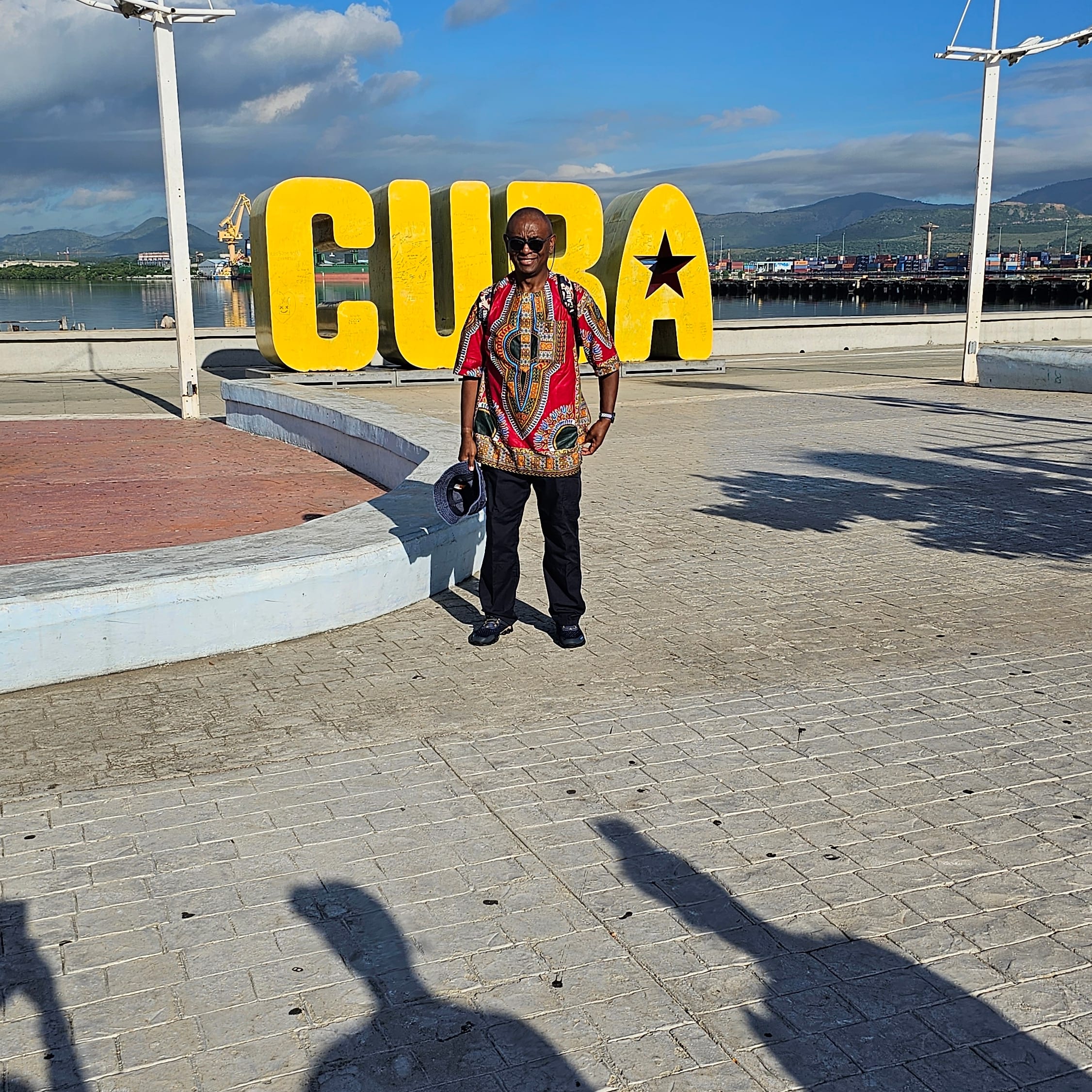







Santiago de Cuba: A City of Rhythms, Revolution, and Rich Flavors
In November 2023, I embarked on a journey to Santiago de Cuba, the country’s cultural and revolutionary heart. Unlike the more tourist-heavy Havana, Santiago pulses with an energy that feels raw and deeply authentic.
A Walk Through History
Santiago is a city where history is alive in every cobbled street, colonial building, and revolutionary monument. My first stop was Castillo del Morro, a stunning 17th-century fortress that guards the entrance to Santiago Bay. Watching the sunset over the Caribbean from its stone walls was a breathtaking experience.
Another must-visit was Cementerio Santa Ifigenia, where Cuban heroes, including José Martí and Fidel Castro, rest in elaborate tombs. The changing of the guard at Martí’s mausoleum is a somber but powerful ritual.
A Spiritual Visit to El Cobre
One of the most memorable parts of my trip was visiting the small town of El Cobre, about 20 kilometers from Santiago. El Cobre is home to the Basílica de Nuestra Señora de la Caridad del Cobre, Cuba’s most important religious shrine. The basilica, nestled in the lush green hills, holds the revered statue of the Virgin of Charity, Cuba’s patron saint.
Stepping inside the basilica, I felt a deep sense of spirituality as locals and pilgrims offered prayers, candles, and even baseballs—gifts from players seeking the Virgin’s blessing. The history, faith, and devotion surrounding this site made it an unforgettable experience.
The Beat of the City
Music is the lifeblood of Santiago. Every evening, I found myself drawn to Casa de la Trova, where musicians filled the air with son Cubano. The rhythms were infectious, and by my second night, I was attempting (somewhat successfully) to dance with the locals.
The city’s Afro-Cuban heritage is also undeniable. In the Tivolí neighborhood, I encountered vibrant Santería traditions, drumming ceremonies, and an atmosphere that reflected Santiago’s deep African roots.
A More Personal Stay
As a U.S. citizen, I was unable to stay in Cuban hotels due to travel restrictions, so I opted for an Airbnb (casa particular)—a private home rental, which turned out to be one of the highlights of my trip. Staying in a local home made my visit more personal, allowing me to connect with Cubans on a deeper level. I shared meals with my hosts, heard firsthand stories about life in Santiago, and truly felt part of the community rather than just a visitor.
A Culinary Adventure
As someone who loves food, I was excited to explore Santiago’s unique cuisine. Unlike Havana, where tourist menus are common, Santiago serves up bold, home-cooked flavors. I indulged in lechón asado (roast pork), fresh seafood dishes like enchilado de langosta, and the hearty ajiaco stew. Street vendors offered tostones (fried plantains) and guarapo, a refreshing sugarcane juice perfect for the heat.
One of my favorite meals was at Paladar Salon Tropical, a family-run spot where I enjoyed traditional Cuban fare with a warm, welcoming atmosphere.
Final Thoughts
Santiago de Cuba is not just a destination—it’s an experience. Its history, music, and cuisine blend into an intoxicating mix that stays with you long after you leave. And staying in a casa particular made my trip even more special, giving me a closer look at Cuban life beyond what most tourists experience.
Would I return? Absolutely—next time, I might even master the dance steps!
